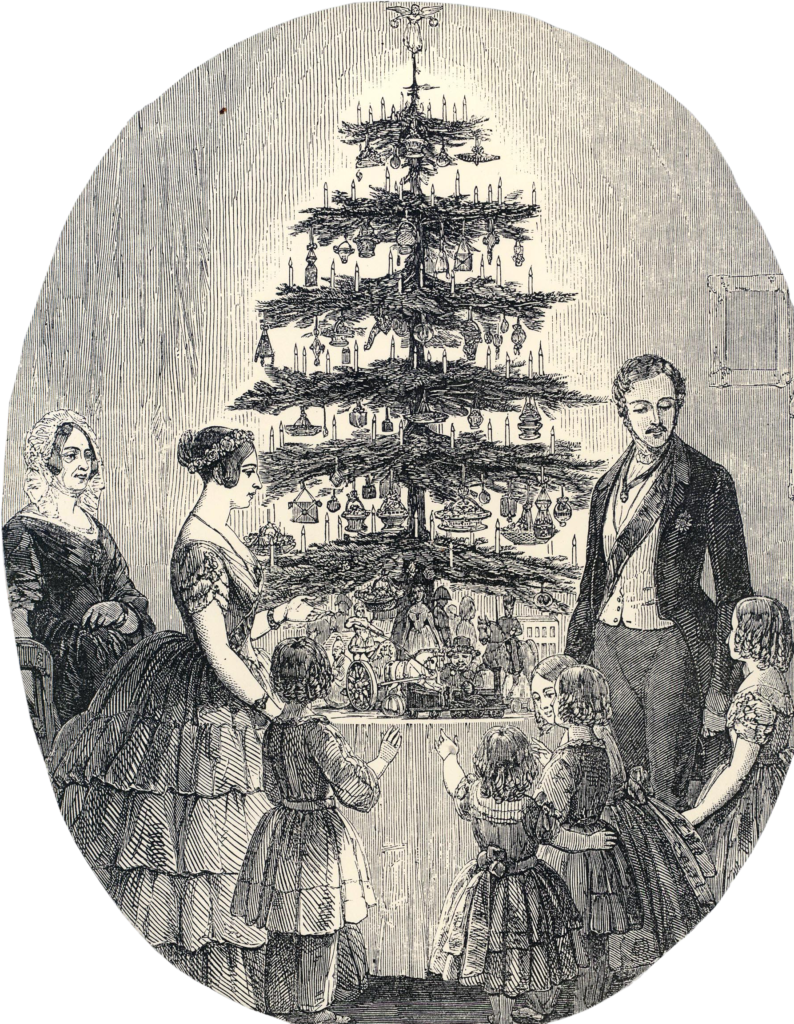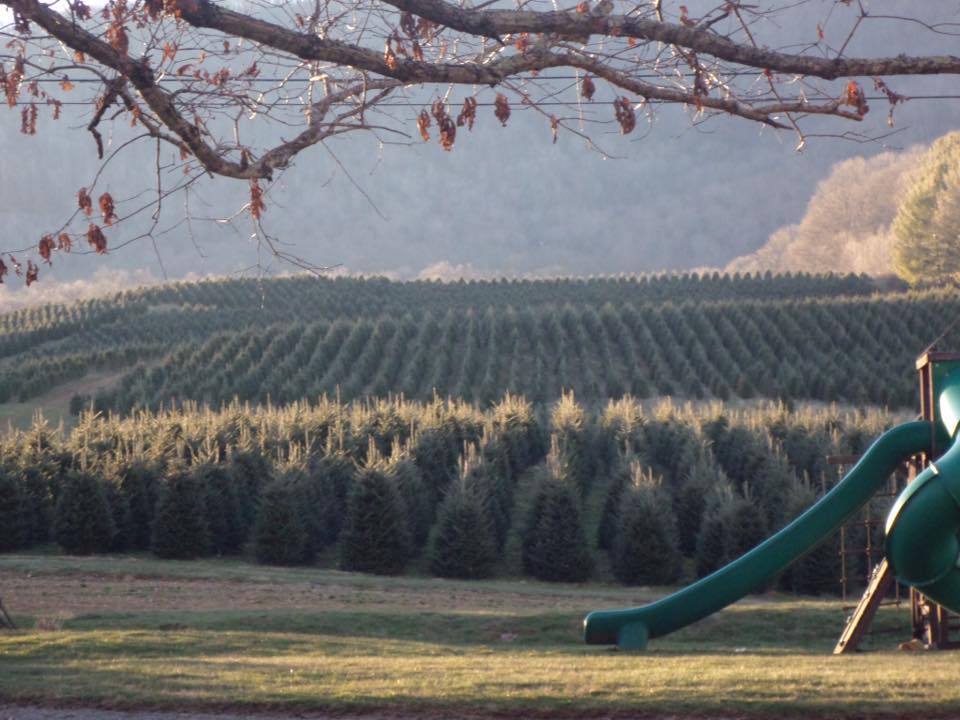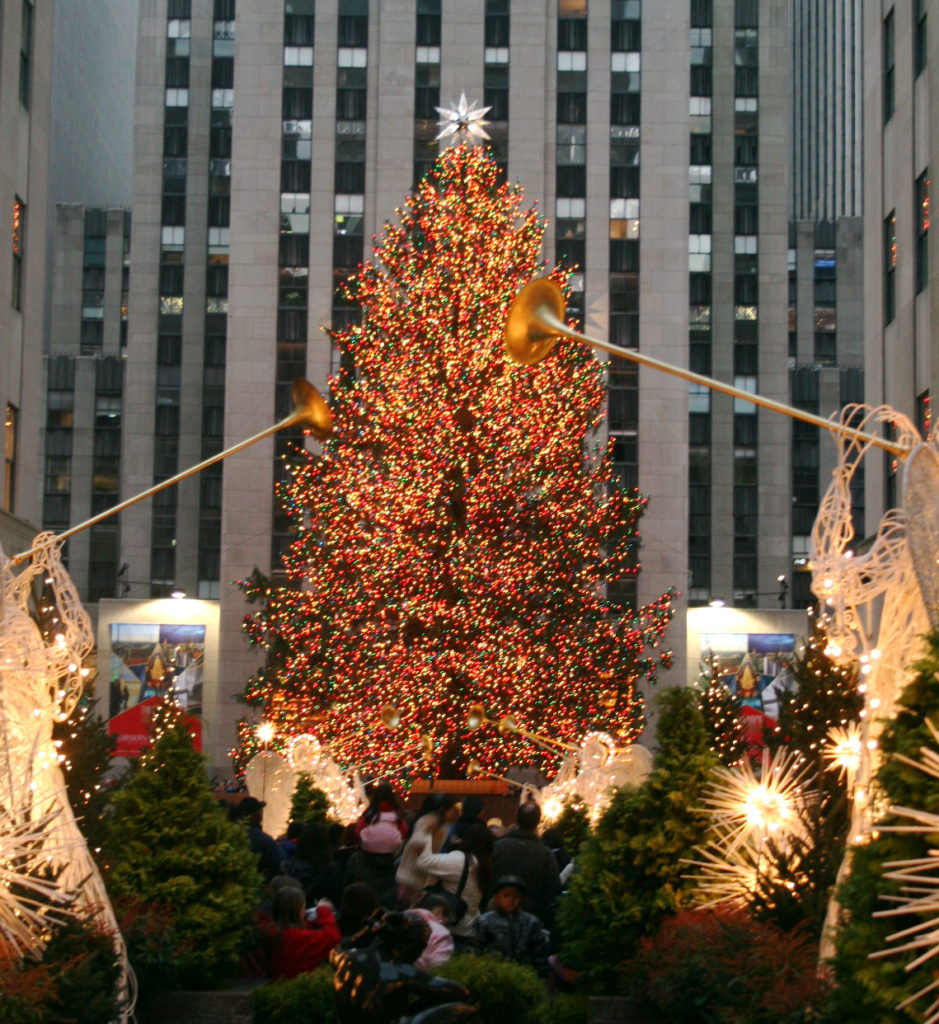Today there is a tree in our lives. Not just any tree, but the Christmas tree. That beautiful evergreen is standing in the corner, decorated with reminders of Christmases past , with a pile of presents under its lowest boughs. Ever wonder how that tree got there?
Let’s start with a little—a very little—history of the Christmas tree. People have been cutting down evergreens and displaying them indoors for a very long time. Ancient Egyptians, Romans, Hebrews and Chinese brought in evergreen trees to represent longevity. Since then, decorated and undecorated trees have popped up in all sorts of cultures, most notably in Scandinavia. Sorting out which came first is a fool’s errand, so I’ll not take it.

But the unofficial start of the modern Christmas tree comes out of Germany, where medieval homes sported “paradise trees” on December 24, the Christian feast day of Adam and Eve (and, hence, why I chose this date to discuss Christmas trees). They decorated the trees with apples to represent the one plucked by Eve in the Garden of Eden.
Christmas trees “went viral,” however, because of England’s royal family. In the mid-1800s, Queen Victoria’s husband, Prince Albert, set up evergreens on tables, one for each member of his family. He decorated them with all sorts of ornaments and placed presents under each tree. Because Queen Victoria was so popular, British families adopted the practice with enthusiasm, and a new Christmas tradition swept the continent.
The Christmas-tree tradition followed along rapidly in the U.S. German immigrants had brought the Christmas-tree idea with them to America, and by about 1850, they were all the rage on the eastern seaboard. President Franklin Pierce put up the first tree in the White House in 1856. The first Christmas tree lot appeared in New York in 1851, and the first Christmas tree farm was planted in Mercer County, New Jersey, in 1901. Its trees hit the market in 1908, selling for $1 each.

The Christmas tree industry has grown like a fertilized balsam seedling since then. In the U.S., virtually all commercially available trees now come from Christmas tree farms. Tree farms occur in all 50 states, numbering as many as 4,000. Oregon grows the most trees, followed closely by North Carolina, with Michigan, Pennsylvania and Wisconsin completing the list of the top five producing states. Most tree farms are small, family-run operations. The approximately one million acres under cultivation contain about 350 million trees.
The most popular species is the Fraser fir, which is North Carolina’s primary Christmas-tree crop and serves the eastern U.S. Second is the Noble fir, grown mostly in Oregon and decorating Christmas homes in the West. About 32.8 million living trees were sold in 2018, a record number. The average price was about $75, making the total live tree market worth about $2.5 billion.
However, most Americans today have an artificial Christmas tree. A whopping 80% of all fake trees come from China. About 23.6 million were sold in 2018 (also a record). Because artificial trees last on average about 5 years, the math means about 80% of American homes put their presents under fake trees. Artificial trees are more convenient, of course, but which is more environmentally sustainable—live or artificial?

The live Christmas tree industry wants us to believe that living trees are the best choice, for several reasons. First, live trees aren’t made from plastic and shipped halfway across the world. A representative of the National Christmas Tree Association said it was “fall-off-your-horse simple that a tree made out of oil, turned into PVC plastic in China and shipped over on a boat, cannot be better than growing a real tree.”
Second, live trees are grown on farms, just like other crops. So, no natural forests are harmed by their harvest. For the 5-7 years between planting and harvest, those trees absorb carbon dioxide and give off oxygen. When the trees are harvested, growers re-plant new trees, beginning the process over again. Christmas-tree farms stay in business, absorbing carbon dioxide, because people buy them. A North Carolina grower encourages folks to buy real trees “so we keep the local economy strong and we don’t have to sell the land to rich people from New York City to make condos.”
Third, discarded trees have many uses that keep them out of landfills. Ground up, old Christmas trees make great mulch; New York City features a “mulchfest” every year, using the resulting mulch in the city’s parks. Trees sunk in lakes and ponds provide habitat for fish and other aquatic organisms. Trees are also used to stabilize eroded lands, especially along lake shores or river banks. And while they are growing, the trees improve local water quality and provide wildlife habitat.
And finally, there is something truly magical about putting a live tree in your home for the holidays. Said a representative of live tree growers, “There’s this wonderful family experience that’s just not parallel to dragging a dusty box out of the attic.” (we’ll forget that we drag dusty boxes full of ornaments out of the attic anyhow…).
So, Merry Christmas, whatever your taste in trees. Spruce or fir, plastic or aluminum, enjoy your tree with all the love and good-tidings of the season.
References:
Encyclopedia Britannica. Christmas tree. Available at: https://www.britannica.com/plant/Christmas-tree. Accessed January 7, 2020.
Pick Your Own Christmas Tree. 2020 Christmas Tree Statistics, Facts and Trends. Available at: http://www.pickyourownchristmastree.org/christmas_tree_statistics.php. Accessed January 7, 2020.
Pick Your Own Christmas Tree. The History of the Christmas Tree and Other Christmas traditions. Available at: http://www.pickyourownchristmastree.org/traditions.php. Accessed January 7, 2020.
Statista. Christmas trees sold in the United States from 2004 to 2018. Available at: https://www.statista.com/statistics/209249/purchase-figures-for-real-and-fake-christmas-trees-in-the-us/., Accessed January 7, 2020.
Zraick, Karen. 2018. Reavl vs. Artificial Christmas Trees: Which Is the Greener Choice? The New York Times, Nov. 26, 2018. Available at: https://www.nytimes.com/2018/11/26/business/energy-environment/fake-christmas-tree-vs-real-tree.html. Accessed January 7, 2020.
